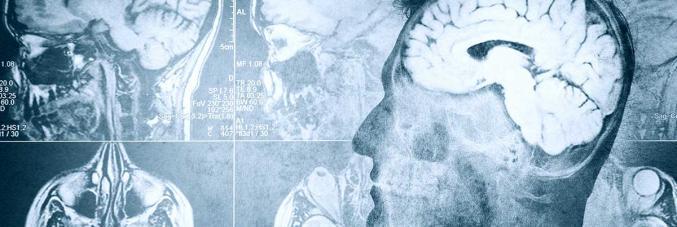
An Innovative Approach to Treat Brain Tumors
25.06.2024
Despite substantial research efforts over the past 30 years, the prognosis for those suffering from brain tumors remains bleak, why is that?
Directed by Prof Maurizio Corbetta (Department of Neuroscience and VIMM), the work of the multidisciplinary research team from the University of Padua, which includes Alessandro Salvalaggio (neurologist), Lorenzo Pini (psychologist) and Alessandra Bertoldo (engineer), aims to answer this.
Limited advancements in treatment are due to the idea that glioblastoma (brain tumors) is like any other type of tumor of any other organ. Rather, Unipd researchers consider that brain tumor growth is partly determined and regulated by brain activities within itself.
The brain is the most complex organ in the human body, holding approximately 100 billion neurons. These neurons organize among themselves according to a complex structure (structural connectome) and form specific activity networks (functional connectome). Tumor cells integrate into the connectome by exploiting its structural and functional connections toward growth and metastasis. Consequently, the study of brain connectivity takes on a new role in determining the prognosis of these patients, but above all, providing new treatment strategies.
Studies include those recently published in Jama Neurology, where authors show that a patient's survival can be predicted under a newly developed white matter tract density index (TDI), whereas other possible future applications involve radiotherapy and surgical navigation.
Furthermore, modulating connectivity could slow down tumor growth by providing patients with new treatments that complement traditional chemotherapy and radiotherapy interventions, says Maurizio Corbetta.
The study Glioblastoma and brain connectivity: the need for a paradigm shift was published in Lancet Neurology, the world’s most important neurology journal.



